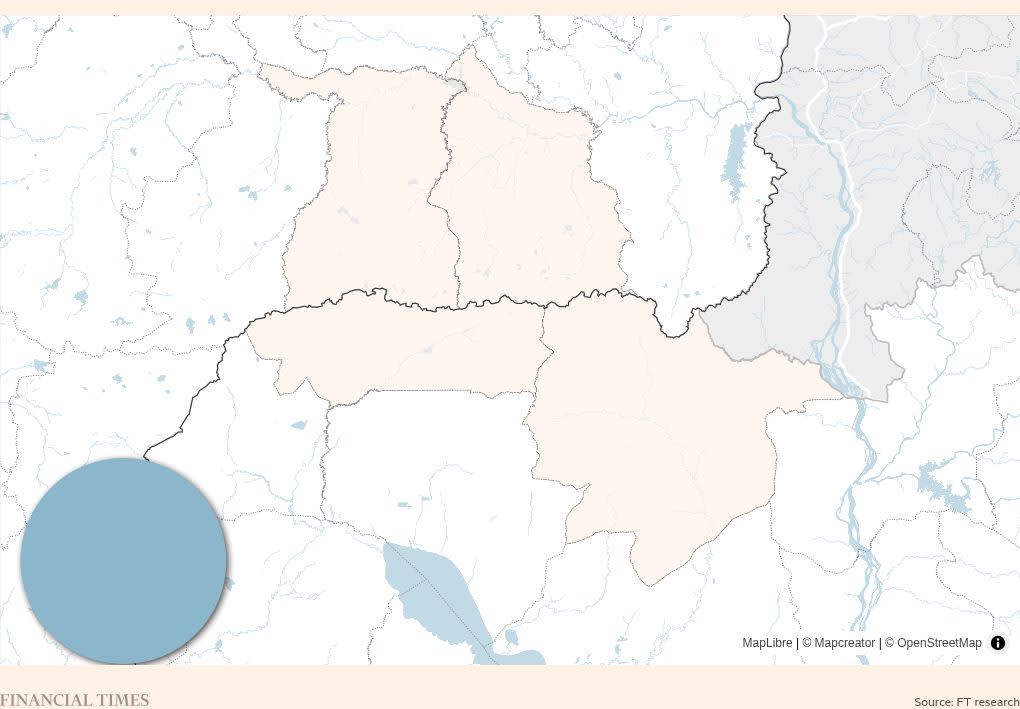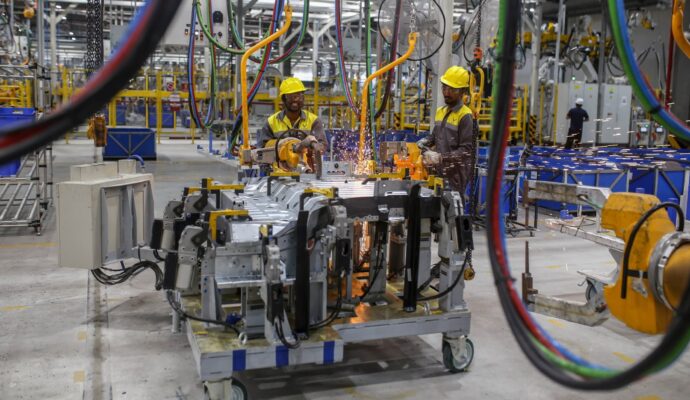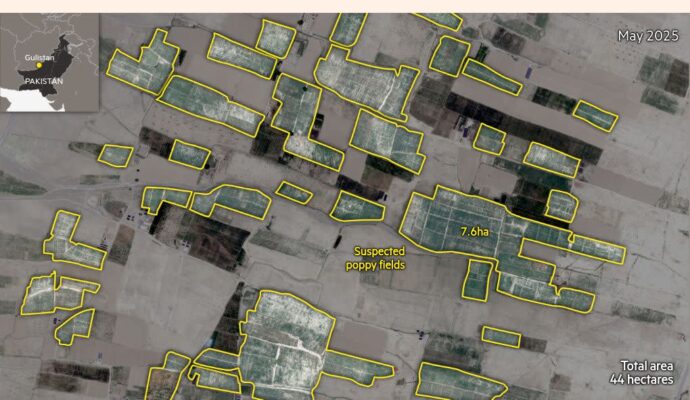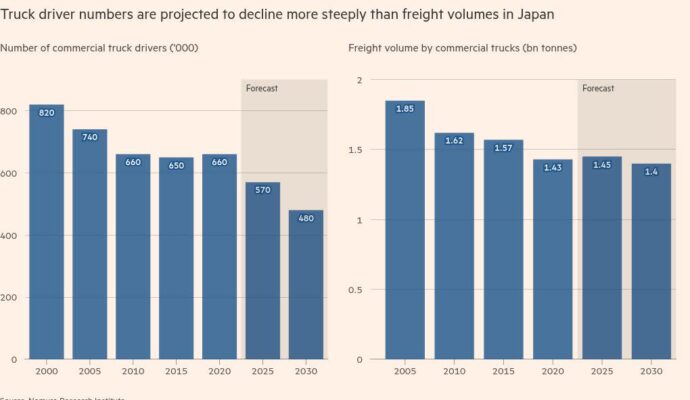Unlock the Editor’s Digest for free
Roula Khalaf, Editor of the FT, selects her favourite stories in this weekly newsletter.
The Thai and Cambodian leaders will meet for talks on Monday, according to Thailand’s government, as fighting continues in a conflict that has killed more than 30 people and displaced more than 200,000 along the countries’ border.
The two prime ministers are expected to meet in Kuala Lumpur, after a weekend in which Thailand and Cambodia accused each other of continued attacks and US President Donald Trump warned both countries that he would cut off trade talks if they did not agree a ceasefire.
Thailand said on Sunday evening that acting Prime Minister Phumtham Wechayachai had been invited to a meeting by Malaysian Prime Minister Anwar Ibrahim, the chair of the Association of Southeast Asian Nations. It said it also expected Cambodian leader Hun Manet to attend.
Thailand warned that it “reaffirms sovereignty over every inch of its territory” and there would be “no negotiation on maps”.
Hun Manet said that he would lead the Cambodian delegation to the meeting, which he said was “co-organised by the United States and with participation of China” with the purpose of achieving ‘‘an immediate ceasefire’’. The announcement came on the heels of Trump’s calls to the Cambodian and Thai leaders.
The worst fighting between Thailand and Cambodia in more than a decade broke out on Thursday around the Ta Muen temple, which both countries claim, before spreading to other parts of their border region.
Trump said in a social media post on Saturday that Cambodia and Thailand were also ‘‘looking to get back to the ‘Trading Table’ with the United States, which we think is inappropriate to do until such time as the fighting STOPS”. He added: “They have agreed to immediately meet and quickly work out a Ceasefire and, ultimately, PEACE!”
Trump has threatened the two countries’ export-reliant economies with a 36 per cent tariff from August 1.
Thailand’s foreign ministry said on Sunday that Wechayachai had spoken to Trump “and expressed that Thailand agrees in principle to have a ceasefire in place”, adding that it wanted to see ‘‘sincere intention’’ from Cambodia.
Hun Manet said that in his conversation with Trump, “Cambodia agreed with the proposal for an immediate and unconditional ceasefire between the two armed forces”. He added that he hoped “the Thai side will not reverse position”.
The fighting continued into Sunday, according to Thailand’s army, which said that “the first shots were fired into Thai territory in several areas including civilian homes”, and that it had “responded in self-defence at limited military targets” since the violence began. Cambodia on Sunday afternoon also accused Thailand of firing into its territory from 2am.
Thailand has accused Cambodia of targeting civilian areas and hospitals, which Cambodia’s foreign ministry has dismissed as a “baseless accusation”.
On Sunday, farmers from the border area in Cambodia could be seen driving tractors with their possessions and families to safer areas where displaced people have been gathering.
A security guard who said he lived about 50km from the Preah Vihear Hindu temple, a flashpoint in the fighting, said he had heard about Trump’s intervention. He had remained to look after his house after his wife and children evacuated.
“I heard the news, but I don’t know why Thailand still fired at 2am this morning,” Him Sum told the Financial Times at a roadside grocery shop. “I think if the US wants to stop the war they can.”
In the grounds of a Buddhist pagoda in Svay Leu district, Siem Reap province, dozens of families had pitched tarpaulins in a muddy field, many with their possessions piled on the backs of tractor-drawn carts.
UN secretary-general António Guterres on Saturday also urged both sides to agree to a ceasefire.
During India and Pakistan’s military clash in May, the Trump administration intervened to urge a ceasefire between the two nuclear-armed neighbours. Pakistan nominated Trump for the Nobel Peace Prize in June, but India played down the US president’s role in ending the fighting, saying that the ceasefire had come at Pakistan’s initiative.



